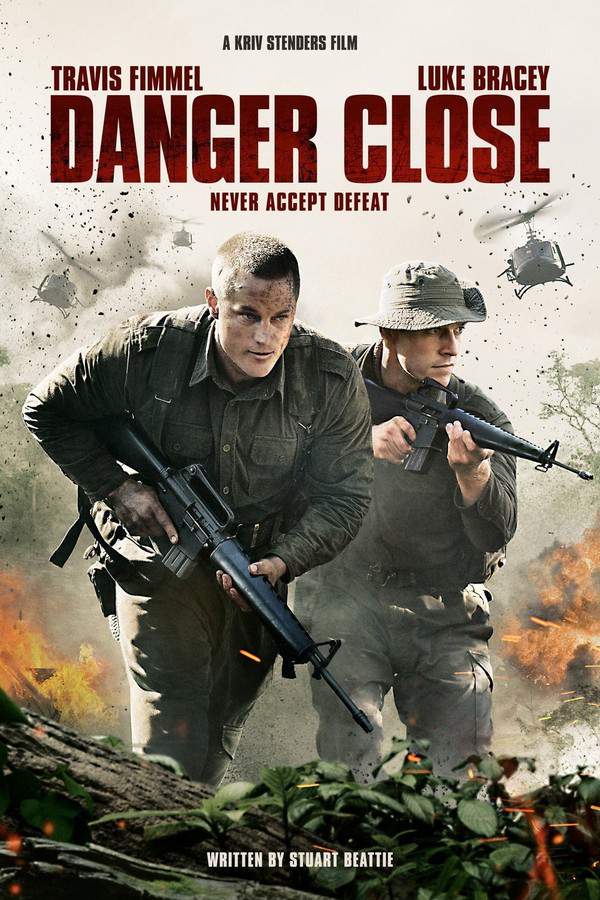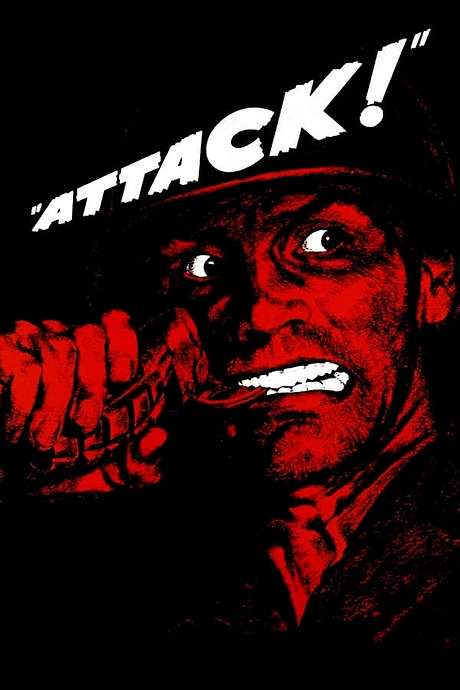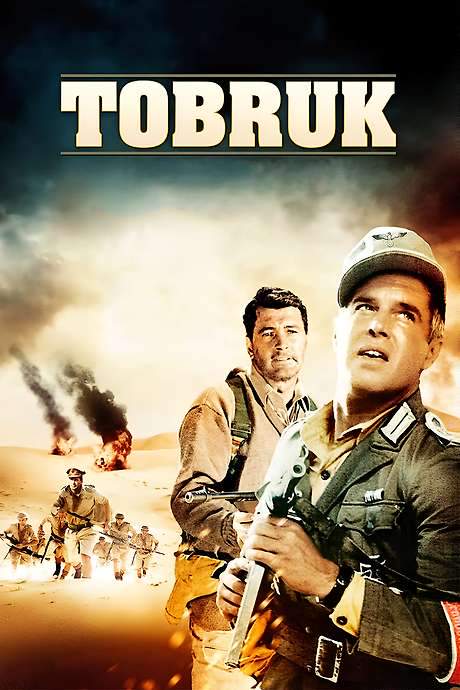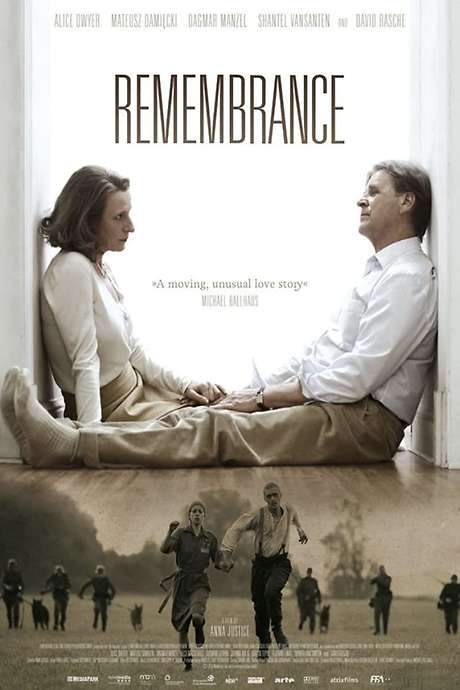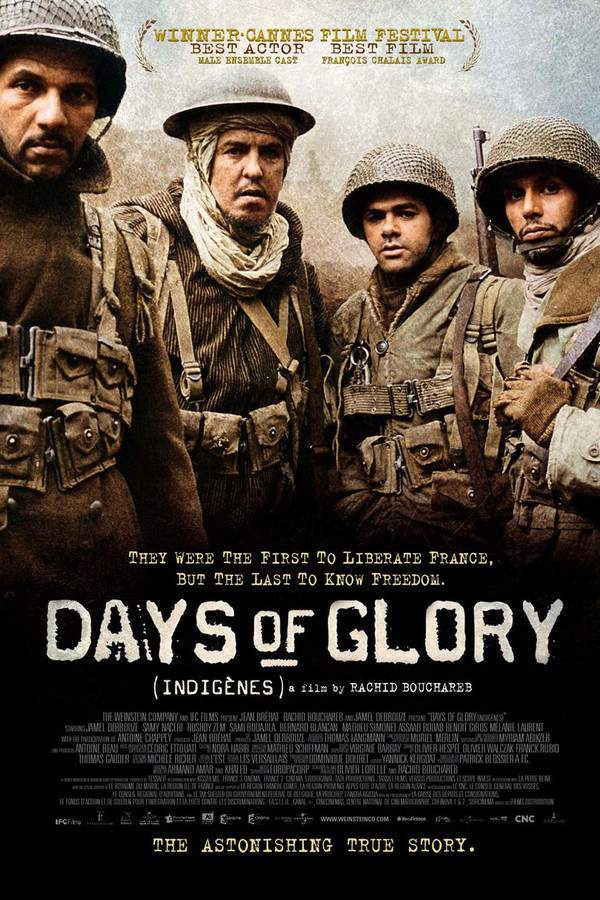
Fortress of War
Year: 2010
Runtime: 138 mins
Language: Russian
Director: Aleksandr Kott
Surrender was not an option as the film dramatizes the heroic defense of Brest Fortress after the German onslaught began on 22 June 1941. It follows the first days of resistance organized into three zones led by regimental commander Pyotr Mikhailovich Gavrilov, Commissar Efim Moiseevich Fomin and outpost chief Andrey Mitrofanovich Kizhevatov. Decades later veteran Alexander Akimov recalls his teenage self, 15‑year‑old Sasha, his love for Anya, and the brutal war that engulfed him.
Warning: spoilers below!
Haven’t seen Fortress of War yet? This summary contains major spoilers. Bookmark the page, watch the movie, and come back for the full breakdown. If you're ready, scroll on and relive the story!
Fortress of War (2010) – Full Plot Summary & Ending Explained
Read the complete plot breakdown of Fortress of War (2010), including all key story events, major twists, and the ending explained in detail. Discover what really happened—and what it all means.
On Saturday, June 21, 1941, Sasha Akimov, Gennadiy Garbuk, a 15-year-old musician, and his older brother Andrey Akimov, Aleksandr Saptsov, serve in the 333rd Rifle Regiment of the Red Army at Brest Fortress. Across the fortress, a commissar, Yefim Fomin, Pavel Derevyanko discovers he cannot bring his family to Brest due to a shortage of train tickets. Another officer, Lt. Gavrilov, voiced concerns about the fort’s defenses, despite warnings from NKVD Lt. Vainshtein, Mikhail Pavlik, about an imminent war with Germany. That evening, the fortress loses power due to sabotage by German Brandenburgers.
The next morning, at 3:58, Operation Barbarossa—the invasion of the Soviet Union—begins. Brest Fortress is relentlessly bombarded by German artillery and Stuka dive-bombers, while waves of German infantry press the assault. By 6:30, hospital staff and patients are overwhelmed and captured, many are massacred. Fomin takes command of the defenders around the Kholm Gate, while Gavrilov rallies the troops around the Eastern Fort. Elsewhere, NKVD border guards under command of Lieutenant Kizhevatov, Andrey Merzlikin, repel a German sortie into the fortress, and Vainshtein thwarts a German commando attempting to undermine the 132nd NKVD Battalion barracks. As the siege tightens, Sasha finds himself stranded in one of the barracks, fighting to stay alive amid the chaos. In the East Fort, Andrey Akimov is killed while destroying two Panzer IIIs with a 45 mm anti-tank gun, a sacrifice that helps Gavrilov slow the German advance.
By the end of June 22, the Soviet defenders are split into groups: Fomin and his force defend the Kholm Gate, Gavrilov’s men guard the Eastern Redoubt, while Kizhevatov holds the 9th Frontier outpost, aided by civilians, and Vainshtein maintains a stubborn hold on the barracks of the 132nd NKVD Battalion. The next day, fighting continues, and Sasha makes it to the Kholm Gate. An I-16 fighter from the 123rd Fighter Aviation Regiment is shot down over the fortress, its pilot rescued by Fomin’s men. The pilot reveals that the Red Army is retreating toward Minsk, and Fomin realizes that the defenders must break out or die.
On June 24, Sasha leaves the Kholm Gate to warn the other pockets about Fomin’s breakout plan. He discovers the 132nd has been overrun and Vainshtein is dead, but he succeeds in delivering the message to Kizhevatov and Gavrilov. That night, a breakout is attempted by all three pockets but is halted by German forces, resulting in heavy losses. The following morning, Kizhevatov reluctantly orders the surviving civilians—his wife and daughter, and Sasha among them—to evacuate the fortress during a cease-fire.
By June 26, a two-ton bomb devastates the fortress, and the Germans move to extinguish the remaining pockets. The defenders at the Kholm Gate surrender, and Fomin is executed on the spot under the Commissar order, as a Jew, a communist, and a commissar. Gavrilov commands the remaining men to strike out individually. Kizhevatov and his troops regroup in the barracks; Sasha returns to them there. After urging Sasha to take the regimental colors and remember the truth about the defenders, Kizhevatov covers his comrades with a machine gun to enable a last breakout, which ultimately fails and costs Kizhevatov his life as Sasha escapes. Years later, an elderly Sasha visits a Brest Fortress memorial with his grandson to remember the days when life, family, and homeland were all bound up in a single brave stand.
Last Updated: October 09, 2025 at 16:59
Explore Movie Threads
Discover curated groups of movies connected by mood, themes, and story style. Browse collections built around emotion, atmosphere, and narrative focus to easily find films that match what you feel like watching right now.
Movies about heroic last stands like Fortress of War
Stories of grim determination and sacrifice in the face of certain defeat.If you were moved by the desperate defense in Fortress of War, explore other films about heroic last stands. These movies feature characters facing overwhelming forces, showcasing themes of sacrifice, duty, and the grim determination to fight to the last. They are intense, tragic, and profoundly respectful of their subjects.
Narrative Summary
These narratives typically follow a linear path from initial assault to the final moments of resistance. The structure is often straightforward, focusing on the logistics of defense and the gradual dwindling of hope, culminating in a tragic but honorable conclusion. The primary conflict is external and existential.
Why These Movies?
Movies are grouped here for their shared core narrative of a futile but noble defense. They create a similar emotional experience of high tension, grim atmosphere, and a bittersweet or tragic ending that honors sacrifice over victory.
War movies about memory and remembrance like Fortress of War
Epic wartime stories framed by the reflective, somber lens of memory.For viewers who appreciated the reflective framing of Fortress of War, this section highlights similar war movies that explore historical memory. These films blend intense combat with a somber, looking-back perspective, often featuring framing devices like veterans' memories. They are heavy, bittersweet stories about loss and legacy.
Narrative Summary
The narrative pattern involves a framing device, such as a flashback from a survivor, that contextualizes the main story of conflict. This creates a dual emotional journey: the immediate terror and chaos of the past event, and the present-day sorrow and reverence with which it is recalled. The ending carries a profound sense of loss tempered by honor.
Why These Movies?
These movies are grouped by their unique blend of high-intensity historical action with a reflective, mournful tone. They share a specific emotional mix of immediate tension during the depicted events and a overarching feeling of somber remembrance.
Unlock the Full Story of Fortress of War
Don't stop at just watching — explore Fortress of War in full detail. From the complete plot summary and scene-by-scene timeline to character breakdowns, thematic analysis, and a deep dive into the ending — every page helps you truly understand what Fortress of War is all about. Plus, discover what's next after the movie.
Fortress of War Timeline
Track the full timeline of Fortress of War with every major event arranged chronologically. Perfect for decoding non-linear storytelling, flashbacks, or parallel narratives with a clear scene-by-scene breakdown.

Characters, Settings & Themes in Fortress of War
Discover the characters, locations, and core themes that shape Fortress of War. Get insights into symbolic elements, setting significance, and deeper narrative meaning — ideal for thematic analysis and movie breakdowns.

Fortress of War Spoiler-Free Summary
Get a quick, spoiler-free overview of Fortress of War that covers the main plot points and key details without revealing any major twists or spoilers. Perfect for those who want to know what to expect before diving in.

More About Fortress of War
Visit What's After the Movie to explore more about Fortress of War: box office results, cast and crew info, production details, post-credit scenes, and external links — all in one place for movie fans and researchers.










